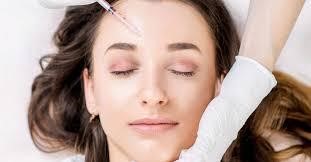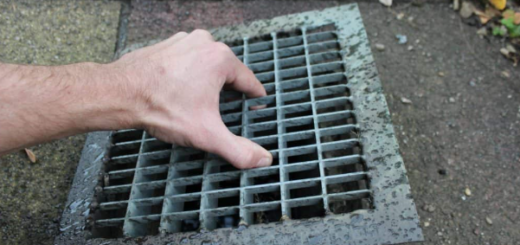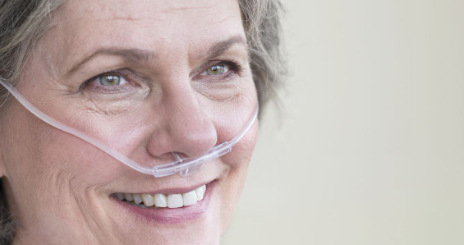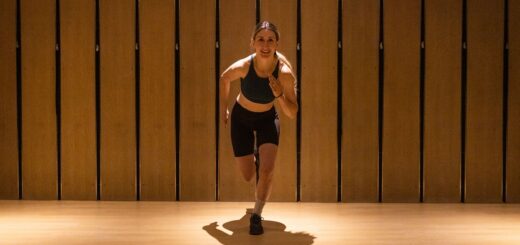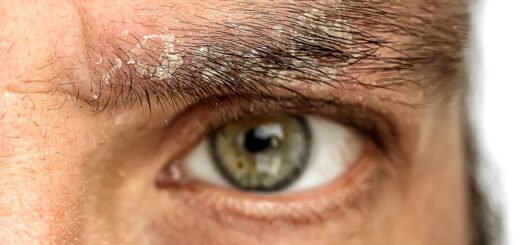4 Reasons Why People Love Eyebrow Transplant
Getting an eyebrow transplant may be a good option if you want to restore the appearance of your brows. Although it is expensive, the procedure also requires a significant amount of downtime. However, several products can fill in thin brows if you have suffered from hair loss from a serious disease or accident. If you are interested in getting an eyebrow transplant, you should know what to expect before the procedure at eyebrow transplant Maryland.
Benefits of an eyebrow transplant
An eyebrow transplant may be the best choice for those who over tweeze their eyebrows, are unhappy with the appearance of their eyebrows, or are considering reconstructive surgery. A board-certified nurse practitioner often performs the procedure, and the results are natural-looking. The surgeon’s skills and experience play a major role in the results. In addition to cosmetic reasons, eyebrow transplants can be a good option for patients with conditions such as hypervitaminosis A.
After the procedure, the hairs transplanted into the donor area will fall out after three to six weeks. This is normal. The hair will grow back in three to six months. After a year, the new hair will grow and look like the original hair. The eyebrow transplant can take years to produce permanent results, but it will look natural and improve the appearance of your eyebrows. However, the process can be more expensive than a hair transplant, and you should plan for it.
Cost of an eyebrow transplant
A full eyebrow transplant can run up to thousands of dollars. However, if you live in a high-cost city or are planning a trip to another country, you might consider other options. An eyebrow transplant can be performed on normal or abnormal structures, and a dermatological or cosmetic surgeon usually does it. Here are some factors to consider when comparing costs. In addition, make sure to consider the reputation of the physician and the area of the country where the procedure will take place.
The procedure can cost anywhere from $3000 to $8000. The cost of an eyebrow transplant depends on the number of follicles used and the surgeon’s experience. The cost also varies, and each doctor has their own pricing structure. The procedure takes 4-6 months to heal fully, so expect to spend anywhere from three to six thousand dollars. The procedure itself is safe and effective. Most doctors offer a two-year guarantee.
Recovery time after an eyebrow transplant
After the procedure, recovery time after an eyebrow transplant can be quite short. Bruising and pain are usually mild after the process, but some patients may experience swelling. However, these effects usually subside after a few days. You may experience pain during this time, but it should be manageable with over-the-counter pain medication. Cold compresses may also help with swelling and discomfort. Once the hair implants have healed, you can return to normal activity.
During your procedure, you will experience some discomfort and scabbing. However, the scar will soon heal, and the new brow hair will start growing. You should avoid getting the area wet for several days after the surgery. The donor area will also notice some crusting and slight pink discoloration. After about a week, the sutures in the donor area will be removed, and the transplanted hair will grow back on its own.
Preparation for an eyebrow transplant
To get a great-looking brow, you must prepare for eyebrow transplant surgery. The procedure is not for everyone, but it can help you get your desired brow shape. For example, if you over tweeze frequently and notice that your brow is becoming sparse or has lost its natural density, then eyebrow transplant surgery is for you. Dr. Ozlem Bicer, board-certified nurse practitioner and doctoral candidate at Yale University, can help you prepare for this procedure.
Before your surgery, you should avoid activities that make you sweat a lot. It would be best if you also refrain from wearing your piercings back for a month. The piercings may displace the hair grafts. Following the procedure, you should only use special products prescribed by your surgeon. Taking antibiotics and Neosporin will help reduce swelling and crusting. Your doctor will also advise you to avoid the sun and excessive perspiration after the procedure.



